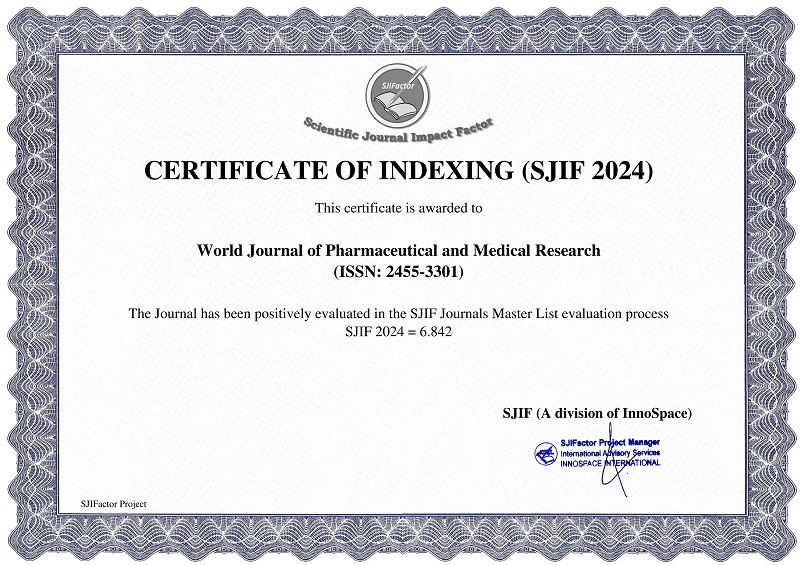A REVIEW OF SARA PARIKSHAN AND IMPORTANCE OF RASASARATA PARIKSHAN IN AYURVEDA: A LITERATURE REVIEW
*Dr. Pramod Ramdevji Rathod and Dr. Kailas Sonmankar
ABSTRACT
The purest form of Rasa Dhatu is Rasasaara, which is known as Twaksaara. As Rasa is assessed through Twak, this Saara is considerd as Twaksaara. The physical features of Twaksaara like Snigdha, Shlakshna, Mrudu, Prasanna Sookshma, Alpa, Gambheera Loma, Saprabha of Twak, will help to analyze the present status of Rasasaara in individual. The knowledge of Saarata of a person will therefore help in understanding physiology, psychology and susceptibility to diseases of an individual. The concept of Saara is a good mirror to assess properties and function of Dhatu. In Ayurveda, Sara Pariksha is one among the ten types of methods to examine a patient, stated as Dashvidha Aatura Pariksha. Sara Pariksha primarily determines the strength of a person. Sara is the Bala (strength). Sara is fine and excellent part of their Dhatus. The supreme quality of Dhatus with its superb functional aspect is called the Sara of that Dhatus. the external factors from the nature which disturbs the equilibrium of Dosha, Dhatus and Mala. Acharya Charaka has explained eight types of Sara. Each one characterized by physical as well as psychological parameters. The Sara Pariksha is significant in analyzing the Bala Pramana of a patient. On the basis of Bala, the physician decides the type of medicine and its dose to be given in Samshodhana or Samshamana Chikitsa. Among this eight sara, RASASARATA Parikshan contribute a significant role to physician in deciding physical and psychological strength of patient. This Review study mainly focused on material available in importance of Rasasarata parikshan in ayurvedic literature; Brihat Samhita and various research papers.
[Full Text Article] [Download Certificate]



